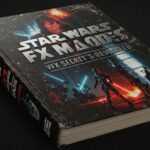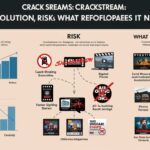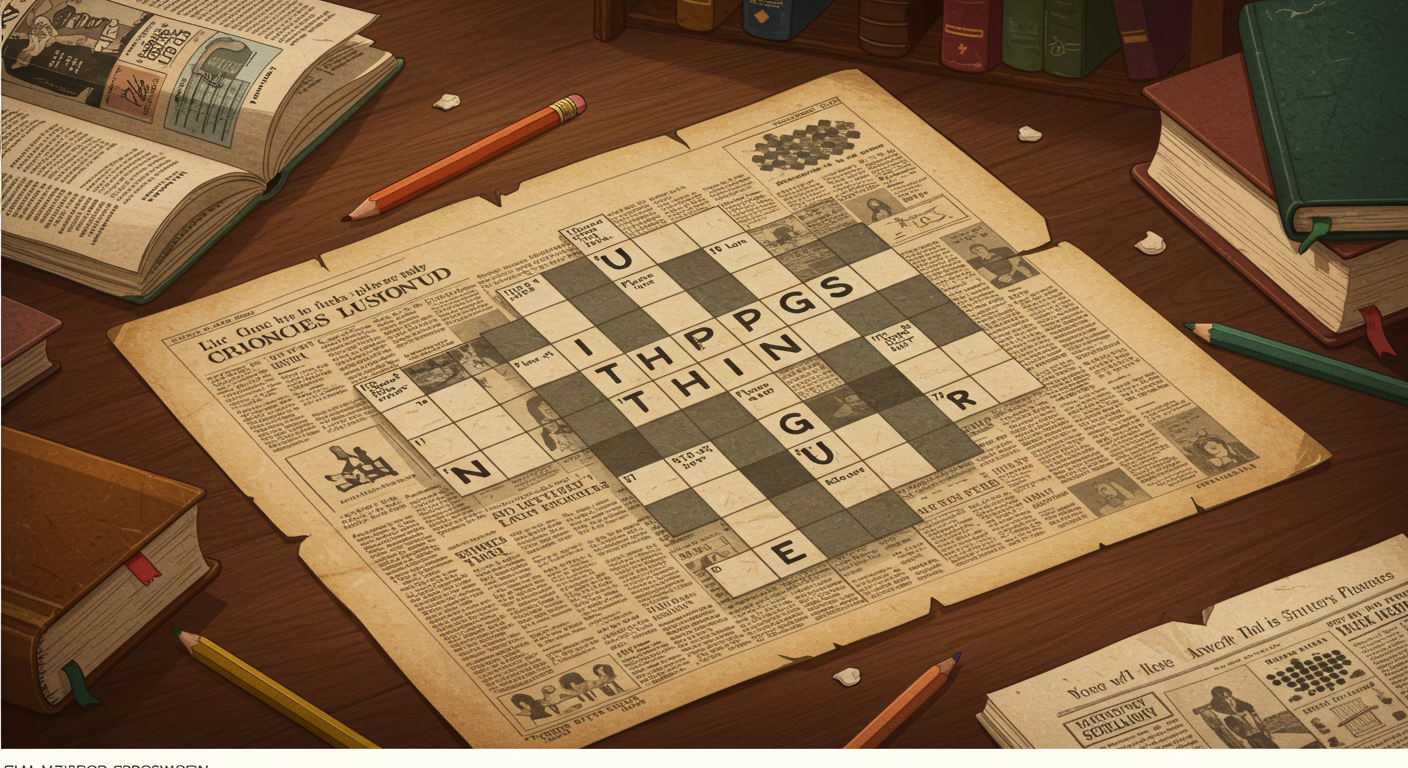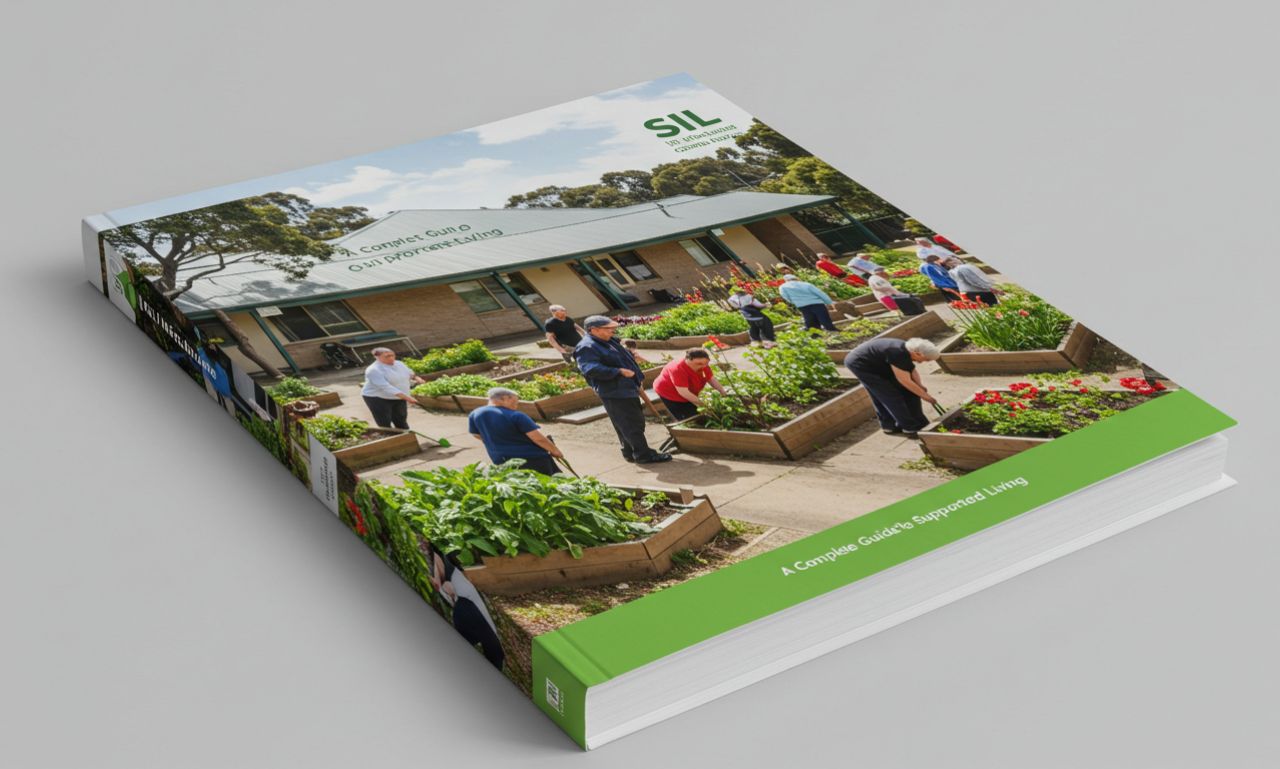If you’re a regular solver of The New York Times (NYT) Crossword, then you’ve probably come across the clue “Bumped Things nyt crossword” at some point. Whether you’re a seasoned cruciverbalist (a fancy word for crossword enthusiast) or just dipping your toes into the world of word puzzles, this clue might have stumped you. Like many cryptic or vague clues in the NYT Crossword, “Bumped Things” is deceptively simple but packed with layers of interpretation.
In this article, we’ll explore the clue “Bumped Things” in depth: what it could mean, its possible answers, its use in puzzles, and how it fits into the broader culture of crossword solving. We’ll also take a broader look at crossword clue construction and how the New York Times has helped shape this clever world of wordplay.
The NYT Crossword and Its Love for Wordplay
Before we break down the clue itself, it’s important to understand the culture and design of the New York Times Crossword.
The NYT Crossword is known for:
-
Challenging clues with multiple interpretations
-
Puns, wordplay, and misdirection
-
Cultural and historical references
-
Daily difficulty progression (easy on Monday, hardest on Saturday)
It’s not just a puzzle—it’s a craft. Clue writing is almost poetic, blending brevity with mischief and metaphor. “Bumped Things” is a great example of a clue that seems obvious at first glance but can branch out into multiple meanings based on context.
What Does “Bumped Things” Actually Mean?
Let’s analyze the clue “Bumped Things”.
The word “bumped” can imply:
-
Physical collision (as in two cars bumping)
-
A minor injury (like a bump on the head)
-
An informal change in schedule or lineup (“He got bumped to Friday”)
-
A subtle encounter or meeting (e.g., “bumped into someone”)
“Things” is incredibly broad and can refer to objects, body parts, events, or concepts.
Possible Interpretations:
-
Objects that make contact, e.g., elbows
-
Musical items, e.g., speakers or bass (things that “bump” sound)
-
Changes or disruptions (e.g., flights that get “bumped”)
-
Accidental interactions (bumping into people or things)
This ambiguity is what makes the NYT clue fun and infuriating at the same time.
Possible Answers for “Bumped Things”
Here are some answers that have been used or could be used for the clue “Bumped Things”, depending on the length and structure of the puzzle:
1. ELBOWS
-
One of the most common answers.
-
“Elbows” are body parts that people “bump” as a greeting (especially post-pandemic).
-
A clever play on physical motion and social custom.
2. CARTS
-
Grocery or airport carts often bump into things.
-
Practical and mundane, but a valid interpretation.
3. EGOS
-
As in “bumped egos”—a metaphorical phrase.
-
Refers to clashes of personality or pride.
-
Shows NYT’s fondness for non-literal answers.
4. BASS
-
In slang, people say “the bass is bumping,” meaning it’s loud or heavy.
-
Fits with NYT’s occasional use of modern lingo.
5. BUMPS
-
A self-referential answer: “bumped things” could literally be “bumps.”
-
Meta-style clueing that plays with the solver’s expectations.
6. SHINS
-
The body parts that always seem to bump into furniture.
-
A humorous, relatable answer.
As with many crossword clues, the context of the surrounding grid, the number of letters, and intersecting answers will help determine the correct solution.
How Solvers Tackle Clues Like “Bumped Things”
Step 1: Think Literally and Figuratively
Always break down the words—look at both the literal meaning (did something physically get hit?) and the figurative (was there an emotional or metaphorical “bump”?)
Step 2: Consider Verb Tense and Grammar
“Bumped” is past tense, but in crosswords, the tense of the clue doesn’t always match the answer directly unless specified.
Step 3: Look at Wordplay and Puns
Could “bumped” be referencing music or movement? Could “things” be slang?
Step 4: Use the Crosses
Cross-referencing letters from intersecting clues can help eliminate incorrect guesses and confirm ambiguous interpretations.
The Art of Clue Writing: How NYT Constructs Clues Like This
The clue “Bumped Things” didn’t just appear out of thin air—it was designed by a crossword constructor. Here’s what often goes into creating such a clue:
1. Ambiguity is Key
Constructors purposely create clues with more than one possible interpretation to increase challenge and engagement.
2. Minimalism
Two-word clues like “Bumped Things” are intentionally sparse. The fewer the words, the more open to interpretation.
3. Theme Matching
Sometimes, these clues are part of a themed puzzle. If the theme is “accidents” or “collisions,” “bumped things” might take on an entirely different significance.
4. Cultural Relevance
The NYT often incorporates modern references. “Bumped” can also mean being removed from a list or denied boarding on a plane—very relevant in today’s travel context.
Variants and Similar Clues
The NYT and other crosswords have used related clues that follow a similar formula. Here are a few examples:
-
“It might be bumped” → Flight
-
“Things that collide” → Atoms or Stars
-
“Made contact lightly” → Tapped or Brushed
These show how the idea of “bumping” can be interpreted in dozens of creative ways.
When “Bumped Things” Has Appeared in the NYT Crossword
While we don’t have the exact dates for every appearance of the clue, variations of it have appeared multiple times over the years. It’s often found in Tuesday to Thursday puzzles, where the difficulty starts to ramp up and wordplay becomes more prominent.
The Times Crossword database reveals that solvers tend to pause longer on clues like this, indicating that while it’s not the hardest, it’s definitely one of the trickier ones.
Community Reactions: Reddit, Twitter, and Puzzle Forums
In the age of social media, clues like “Bumped Things” often spark debates or discussions on platforms like Reddit’s r/crossword, Twitter/X, and specialized forums like the Crossword Fiend blog.
Here are some common reactions:
-
“I had CARTS, but the cross messed it up. Turned out to be ELBOWS.”
-
“Loved the misdirection in ‘Bumped Things.’ Didn’t expect EGOS.”
-
“This one stumped me. Thought of flights, but nothing fit!”
These reactions show how clues like “Bumped Things” fuel a thriving online community of solvers.
Tips for Solving Vague Clues Like “Bumped Things”
1. Stay Flexible
Don’t latch onto your first interpretation. The NYT often tricks you by using common words in uncommon ways.
2. Think Outside the Literal
Words like “bumped” often have multiple meanings—musical, emotional, physical.
3. Lean on Crosses
Let the puzzle’s other answers reveal what’s going on. A single letter might change everything.
4. Note the Day of the Week
On Monday, clues are more direct. By Thursday, misdirection is the name of the game.
Why Clues Like This Keep Crossword Fans Hooked
“Bumped Things” might be just two words, but it represents everything that makes crossword puzzles magical:
-
Layered meanings
-
Clever misdirection
-
Satisfying “aha” moments
It’s the kind of clue that frustrates you until it clicks—and then makes you smile.
The joy of solving puzzles like this is not just about finding the right word, but about appreciating the linguistic gymnastics that led you there.
Final Thoughts
The clue “Bumped Things nyt crossword” is a shining example of the ingenuity and playfulness behind the NYT Crossword. With just two simple words, it opens a world of possibilities, interpretations, and debates. Whether it’s elbows, egos, or something entirely unexpected, the answer often depends as much on your mindset as on your vocabulary.
As crossword culture continues to thrive—both in print and digital formats—clues like this remind us why we keep coming back. They challenge us, they trick us, and ultimately, they reward us.











